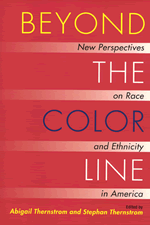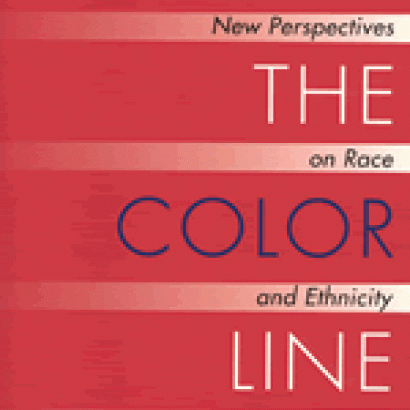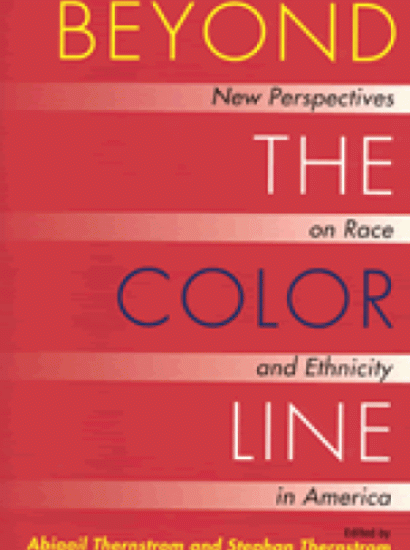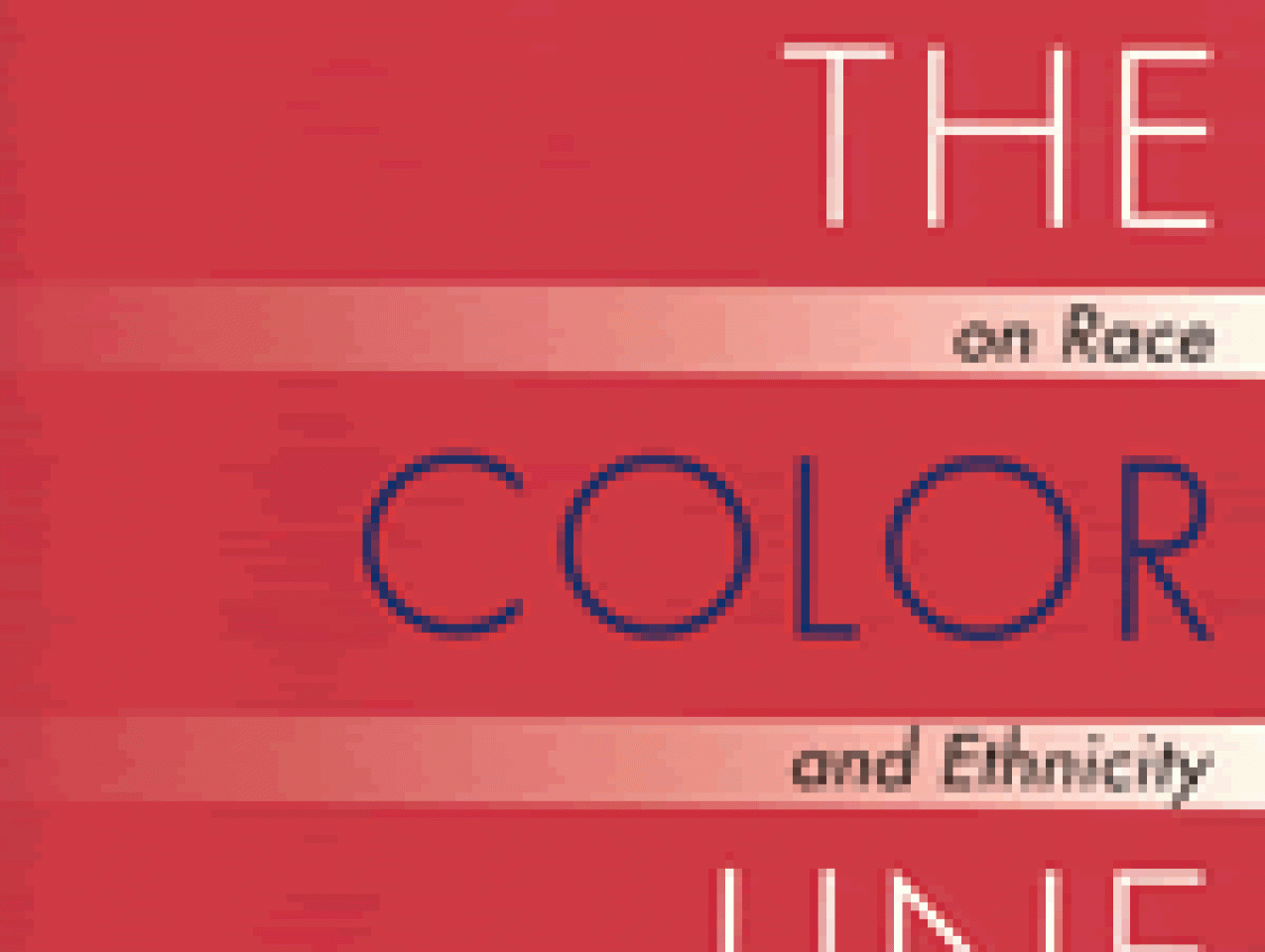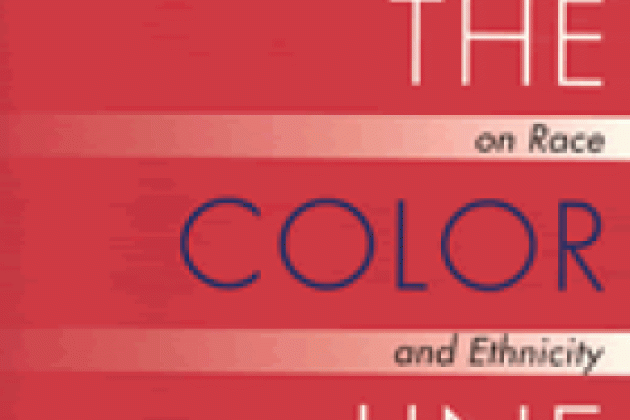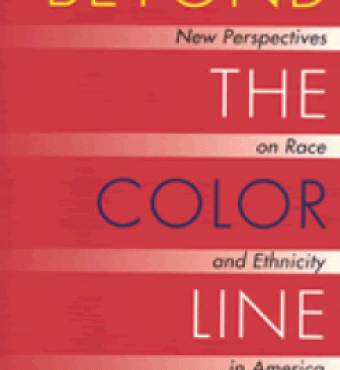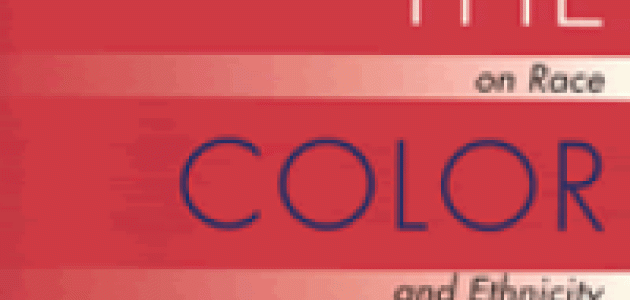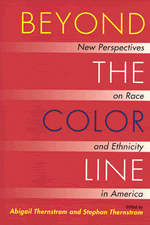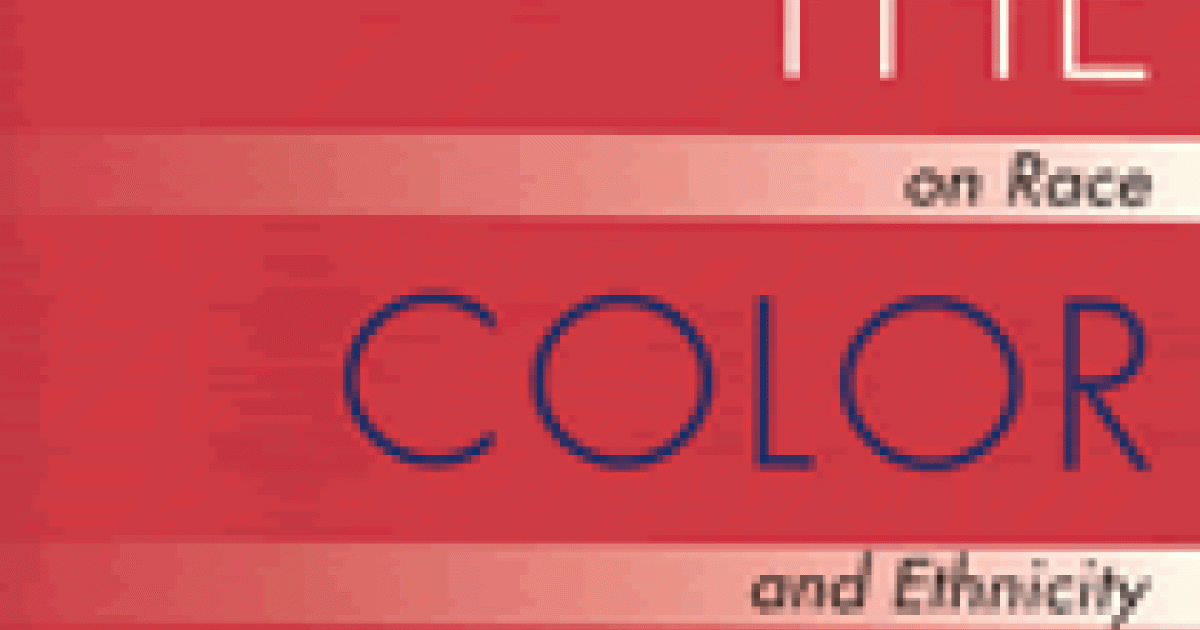- Law & Policy
- Civil Rights & Race
The American racial and ethnic landscape has been radically transformed over the past three decades. A generation ago, blacks had much less education, much poorer jobs and were more likely to live in solidly black neighborhoods than they are today.
Yet the old notion of "two societies, one black, one white—separate and unequal" still persists thirty years after it first appeared in the misguided diagnosis of the Kerner Commission report. America's changing racial and ethnic scene is the central theme of Beyond the Color Line.
In essays covering a range of areas including education, law, religion, immigration, family structure, crime, economics, politics, and more, this volume examines where we've been, where we are, and where we're going. Along the way, the authors attempt to illuminate how we have moved from Dr. Martin Luther King's dream of all Americans being judged solely by the "content of their character, not the color of their skin" to today's vaguely Orwellian civil rights orthodoxy—that it is necessary to treat some persons differently in order to treat them "equally."
The product of the Citizens' Initiative on Race and Ethnicity—formed in 1998 as an alternative to the one-sided official "dialogue" on questions of color—many of these twenty-five brief essays offer either explicit or implicit public policy recommendations. A common theme unites them—new realities require new thinking, and old civil rights strategies will not solve today's problems. Beyond the Color Line takes the first steps toward a new civil rights agenda.
Copyright 2002.







